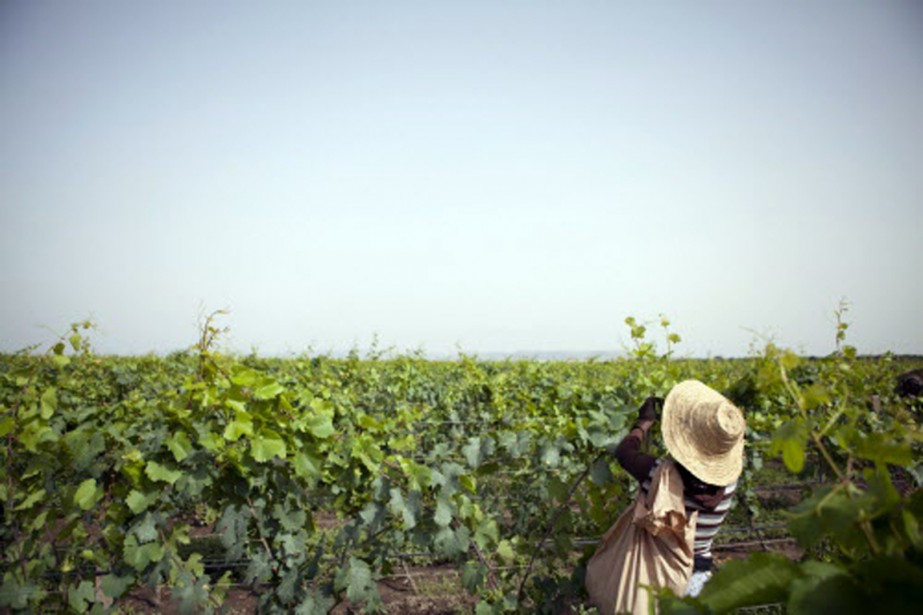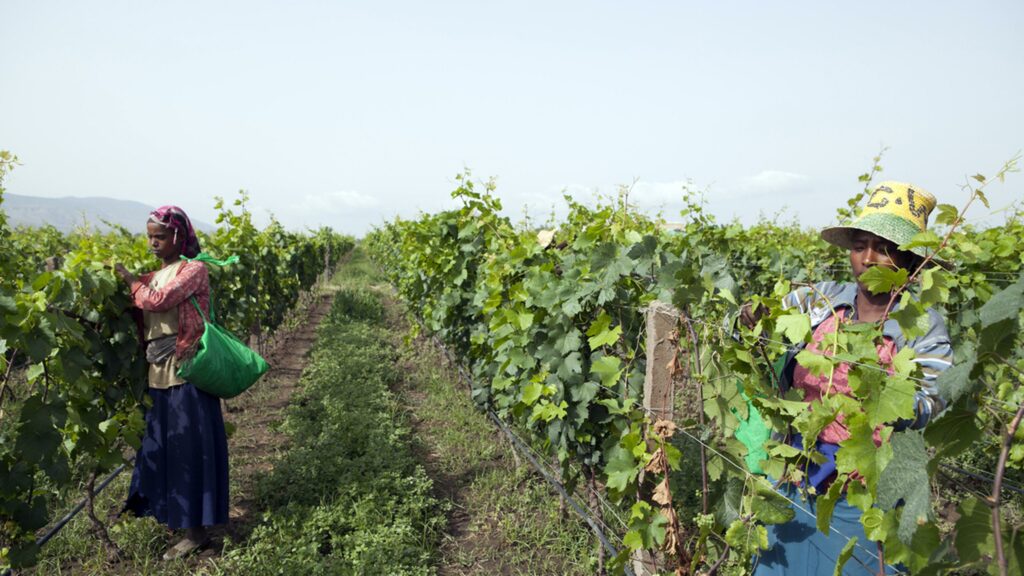Ethiopia's vineyards are intriguing for their ability to produce wine in mountainous terrain. Located on the high plateaus, it benefits from unique conditions. The combination of altitude, temperate climate and modern know-how is opening up new horizons for African viticulture.
If you're interested in wine-related articles, download our app for IOS or Android. It will give you access to our wine lexicon, our articles and our innovative solution, designed for all wine consumers and collectors.
A special climate conducive to vine altitude
Vines at altitude grow in an environment where temperatures remain moderate. Intense sunshine is combined with cool nights. These differences favor slow, balanced ripening of the grapes. In Ethiopia, vineyards are often located between 1,500 and 2,000 meters above sea level. This situation limits disease and reduces the need for chemical treatments.
Recent history of the Ethiopian vineyard
Ethiopian wine production is relatively recent. It has developed thanks to foreign investment and technical partnerships. Ethiopia's vineyards have benefited from expertise from Europe and Australia. These exchanges have made it possible to introduce modern methods while making the most of local potential.
African and international grape varieties grown

The African grape is not the only choice of Ethiopian producers. Syrah, Cabernet Sauvignon and Chardonnay are also available. These international varieties are perfectly suited to high altitude vineyards. Some projects are exploring the selection of indigenous grape varieties to create a unique identity.
The impact of altitude on aromas and structure
Mountain viticulture produces grapes with high aromatic intensity. Sunny days concentrate sugars, while cool nights preserve acidity. The result is a balanced wine with freshness and silky tannins. In Ethiopia's vineyards, this combination produces elegant, well-structured cuvées.
Cultivation techniques adapted to slopes
Growing vines at altitude in Ethiopia requires a special kind of organization. Vines are often planted in terraces to limit erosion. Drip irrigation optimizes water use. Ethiopian mountain viticulture also relies on controlled grassing to protect the soil.
Challenges specific to the Ethiopian vineyard

Despite its assets, Ethiopia's vineyards face a number of challenges. Transport infrastructure remains limited in mountainous areas. The climate can be unpredictable, with sudden downpours. Vineyards at altitude also require a workforce trained in specialized practices.
The place of African grape varieties in local production
Some producers are experimenting with the African grape variety to create unique wines. The aim is to showcase varieties adapted to the Ethiopian terroir. This approach strengthens the identity of Ethiopia's vineyards and enhances viticultural biodiversity.
The role of tourism in mountain viticulture
Ethiopia's vineyards also attract wine tourism enthusiasts. The spectacular landscapes of the high plateaus provide an ideal setting for visits. Mountain viticulture allows travelers to discover a winegrowing heritage in full expansion. Tastings highlight the influence of altitude on wine style.
Development prospects
Ethiopia's high-altitude vineyards have strong growth potential. Investments in infrastructure and training are boosting quality. Exports are beginning to develop towards international markets. Ethiopian mountain viticulture could thus gain worldwide recognition.
A wine identity under construction
Ethiopia's vineyards combine modern techniques with adaptation to the terroir. High altitude vines, African grape varieties and mountain viticulture create a unique signature. This dynamism places Ethiopia among the promising new wine players in Africa.
If you enjoyed this article, don't hesitate to read the next one "How long should I keep a bottle before drinking it?"which may also be of interest to you!





